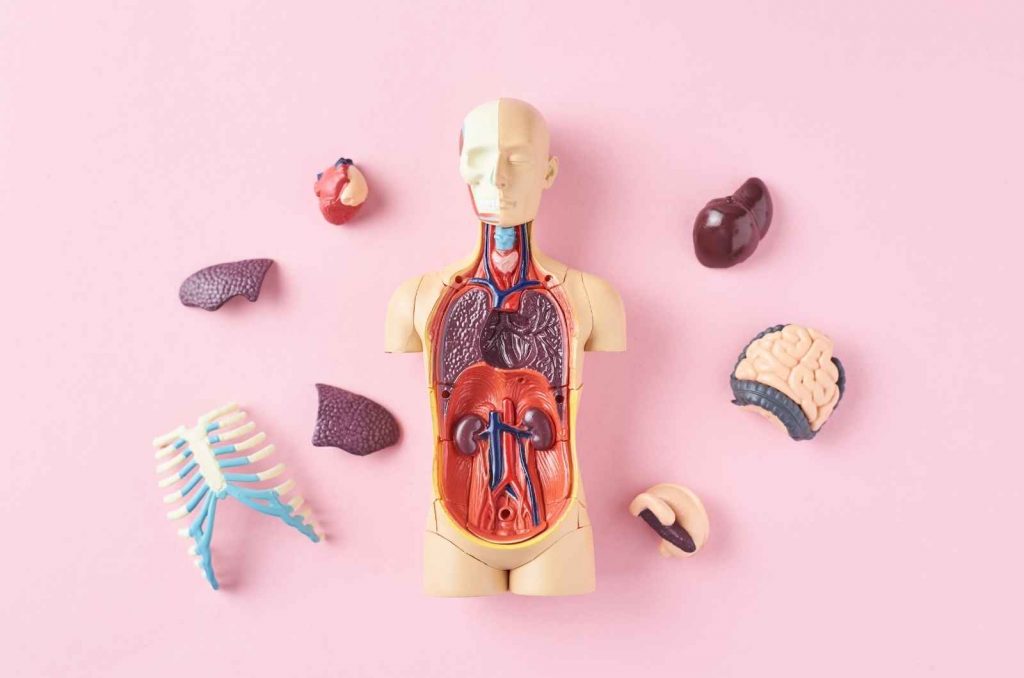
?What is Practical Anatomy
Practical anatomy stands as a cornerstone of medical education, diverging from the theoretical study of human anatomy through textbooks and lectures. It involves hands-on learning experiences, where students engage directly with the human body, often through dissections and examinations of cadavers. This approach allows learners to gain a deep, three-dimensional understanding of bodily structures, systems, and their interrelations, which is pivotal for any aspiring healthcare professional, especially those entering the surgical field. By transitioning from abstract concepts to tangible, real-world applications, practical anatomy equips students with the essential knowledge and skills needed to accurately diagnose and treat patients. It bridges the gap between theory and practice, preparing students not only to understand the human body's complex anatomy but also to apply this understanding in clinical settings, making it an indispensable part of surgical education.
How is Practical Anatomy Integrated into Surgical Education?
Practical anatomy is seamlessly woven into the fabric of surgical education through a variety of immersive, hands-on experiences designed to prepare students for the realities of operating room procedures. One of the primary methods of integrating practical anatomy into surgical training is through cadaver dissection. This traditional approach provides students with an invaluable opportunity to explore the human body's inner workings in a detailed and tactile manner, offering insights into the spatial relationships and complexities of various organs and systems.
Additionally, surgical education programs often incorporate advanced simulation technologies, such as virtual reality (VR) and augmented reality (AR), to complement cadaveric dissections. These cutting-edge tools enable learners to practice surgical techniques in a risk-free environment, allowing for repetition and mastery of skills without the ethical and practical limitations associated with real-life surgeries. Through simulated surgeries, students can apply their anatomical knowledge to complex surgical scenarios, enhancing their understanding and proficiency.
Furthermore, clinical rotations form another critical component of integrating practical anatomy into surgical education. During these rotations, students observe and participate in live surgeries under the supervision of experienced surgeons. This exposure to real-world surgical procedures reinforces their anatomical knowledge and hones their surgical skills, bridging the gap between theoretical learning and practical application.
Why is Practical Anatomy Crucial for Aspiring Surgeons?
Practical anatomy is indispensable for aspiring surgeons due to its critical role in fostering a deep, intuitive understanding of the human body, which is essential for successful surgical outcomes. Unlike other areas of medicine, surgery demands a precise knowledge of anatomy, as surgeons must navigate complex bodily structures, make split-second decisions, and perform intricate procedures with minimal margin for error. Practical anatomy education offers a hands-on experience that transforms abstract anatomical information into a tangible skill set, enabling surgeons to visualize and anticipate the layers and structures they will encounter during surgery.
Moreover, practical anatomy training cultivates spatial awareness and dexterity, qualities that are paramount in the operating room. By working with cadavers or through simulation-based learning, students learn to maneuver in three-dimensional space, understanding the depth, texture, and resilience of tissues and organs. This experience is invaluable in developing the fine motor skills and tactile sensitivity required for delicate surgical interventions.
Finally, practical anatomy instills a sense of confidence and competence in surgical trainees. Through repeated hands-on practice, students become more comfortable and familiar with the human body, reducing anxiety and enhancing their ability to perform under pressure. This confidence, rooted in a solid foundation of anatomical knowledge, is crucial for aspiring surgeons as they transition from the classroom to the operating theater, where their skills can significantly impact patient outcomes.
What are the Benefits of Hands-on Experience in ?Surgical Training
Hands-on experience in surgical training offers a multitude of benefits that are crucial for the development of competent and confident surgeons. Firstly, it enables the application of theoretical knowledge to real-life scenarios, allowing students to understand the practical implications of their learning. This direct interaction with the human body, whether through cadaver dissection, simulation, or clinical rotations, fosters a deeper comprehension of anatomical structures and their variability among individuals, a key aspect of personalized patient care.
Secondly, hands-on experience enhances technical skills and precision. Surgery is an art that requires not only theoretical knowledge but also manual dexterity, coordination, and the ability to perform complex procedures with accuracy. Through repetitive practice in a controlled environment, surgical trainees can refine their techniques, minimize errors, and improve their overall surgical performance.
Moreover, engaging in practical exercises prepares students for the pressures and unpredictability of the operating room. It cultivates resilience, problem-solving skills, and the ability to make quick, informed decisions in high-stress situations. This aspect of hands-on training is invaluable, as it equips future surgeons with the mental and emotional fortitude necessary to face the challenges of their profession.
Lastly, hands-on experience in surgical training promotes teamwork and communication skills. Surgical procedures often involve collaboration among a multidisciplinary team. Through practical exercises, students learn to communicate effectively, delegate tasks, and work cohesively with peers and mentors, skills that are essential for successful surgical outcomes and patient safety.
Summary: The Impact of Practical Anatomy on Surgical Expertise
Practical anatomy is an essential pillar of surgical education, profoundly impacting the development of surgical expertise. By providing students with hands-on, experiential learning opportunities, practical anatomy bridges the gap between theoretical knowledge and clinical application. It cultivates a deep understanding of human anatomy, hones technical skills, and prepares students for the realities of surgical practice. The benefits of this immersive approach—ranging from enhanced spatial awareness and manual dexterity to improved decision-making and teamwork capabilities—underscore its crucial role in shaping competent, confident surgeons capable of delivering high-quality patient care. Ultimately, the integration of practical anatomy and surgical education into surgical training not only enriches the educational experience but also elevates the standard of surgical practice.
